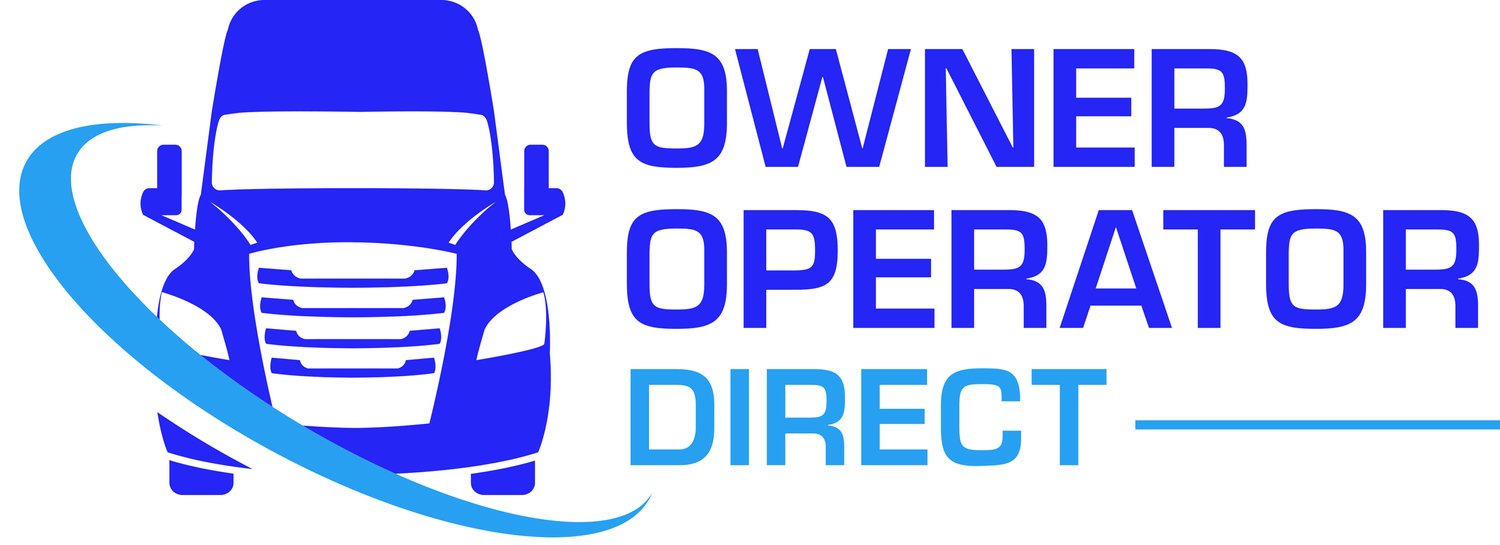Dealing with Summer Traffic Jams
During the summer months, America’s highways are filled with vacationers, overheated vehicles, work zones, and people heading to a variety of special events. For commercial drivers, this excess of vehicles and roadway activity can result in traffic jams and significant delays. While inching along in snarled up traffic may impact operations and your company’s bottom line, it may also increase the likelihood of an accident.
With the right strategies, however, you can safely maneuver through the stop-and-go congestion and limit your time stuck in traffic jams all summer long:
Plan your route. Proper trip planning can often keep you from having to deal with traffic jams in the first place. Before departing, get real-time traffic updates, and check road construction projects, the weather forecast, as well as local events that could lead to gridlock. Map out your destination, have alternate routes planned and allow plenty of time to reach your destination. A global positioning system (GPS) or navigational app can aid in avoiding traffic jams too. Just be sure to use a device or app that is intended for commercial motor vehicles. Also, consider scheduling trips to avoid the heaviest congestion whenever possible; timing can make the difference between open highways and traffic jams.
Perform a pre-trip inspection, as prescribed by regulations. Traveling in traffic jams in extreme heat can stress your vehicle to the max. Inspecting your vehicle is the best way to ensure it is up to the task.
Scan far enough ahead to see the “big picture.” Watch for possible conflict situations, and start slowing down as soon as you see brake lights ahead to avoid the need to brake abruptly. Remain alert to what is happening to your sides and behind you as well to anticipate trouble.
Stay alert and minimize distractions. Dedicate your full attention to the roadway, and avoid activities that take your focus away from driving such as eating, changing radio stations or reaching for something in the vehicle. And, remember, if you must text or make a call while behind the wheel, find a safe place to stop, and pull off the road before doing so.
Leave plenty of space between your vehicle and the one ahead of you. Giving yourself extra space allows you adequate time to slow, stop or take evasive action should a hazard develop and offers maximum visibility to what’s in front of you. Also, if you notice that a vehicle is following you too closely, add additional space ahead to give the motorist behind you more time to safely come to a stop.
Watch out for aggressive drivers. Traffic jams often bring out the worst in people. Keep an eye out for drivers recklessly weaving from lane to lane and/or tailgating, and give them plenty of space.
Avoid changing lanes as much as possible. If you must change lanes, move only when safe and legal to do so. Give good, clear and early signals, and use your mirrors to monitor the areas around your vehicle. Check your blind spots before moving; if necessary, reposition your body and head to get a better view.
Position your vehicle for your exit well in advance. Making any last-minute maneuvers in traffic jams is extremely dangerous, so begin moving toward the exit lane when the first sign for your intended exit appears, or sooner, if possible. Importantly, do not “force” your vehicle into the exit lane by hoping other vehicles can or will yield. If you miss the opportunity to merge into the exit lane safely, it’s better to wait until the next exit and reroute accordingly.
Obey law enforcement, road crew flaggers and warning signs. They are there to help you and other drivers move safely around any accidents or road construction zones.
Avoid rubbernecking. Rubbernecking occurs when drivers slow down to look at accidents or unexpected activity along the roadway. Unfortunately, this behavior often causes additional, and sometimes more serious, accidents. So, resist the urge to look, and keep your eyes on the road.
Remain vigilant for pedestrians, bicyclists and scooter riders in popular or crowded destination locations. Keep your eyes moving and check mirrors as you drive to help spot trouble.
Stay calm. Traffic jams can create some of the most stressful driving situations, so it’s important to practice patience. Managing stress is easier if you eat right, exercise and get sufficient sleep. Also, take regular breaks. While it may be tempting to push through when your running behind schedule, sitting in traffic jams can contribute to driver fatigue.
